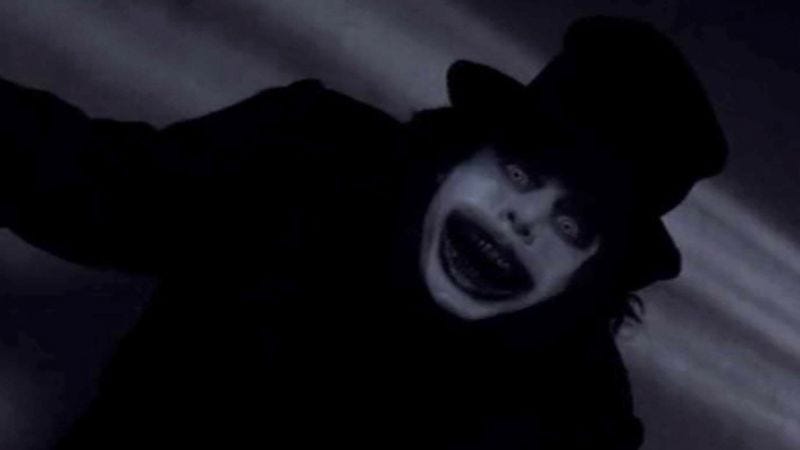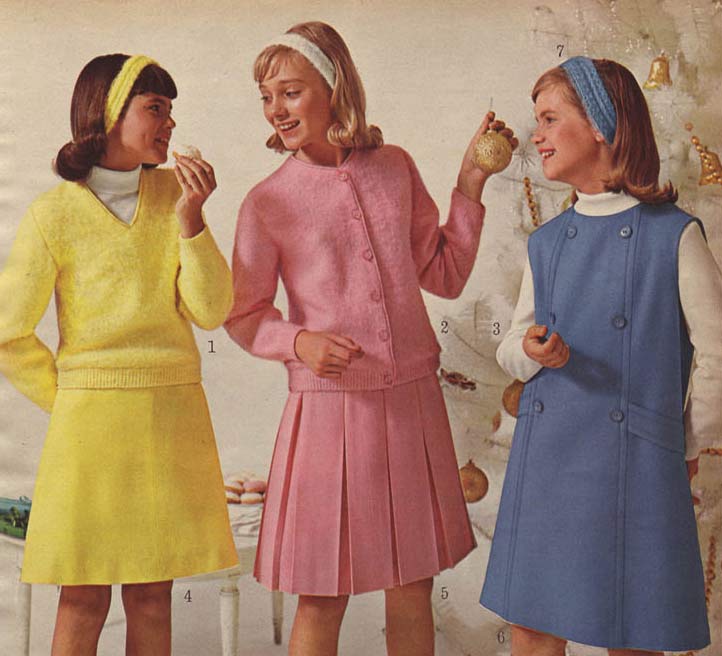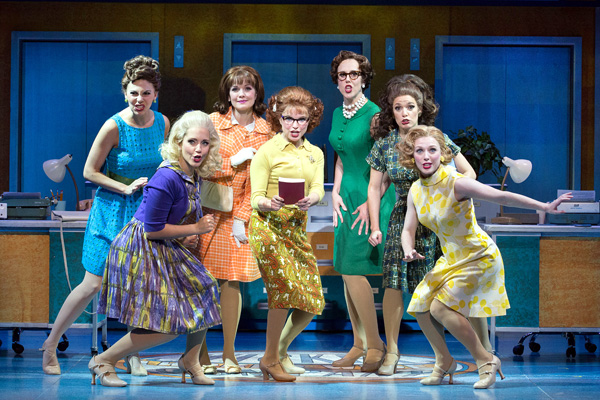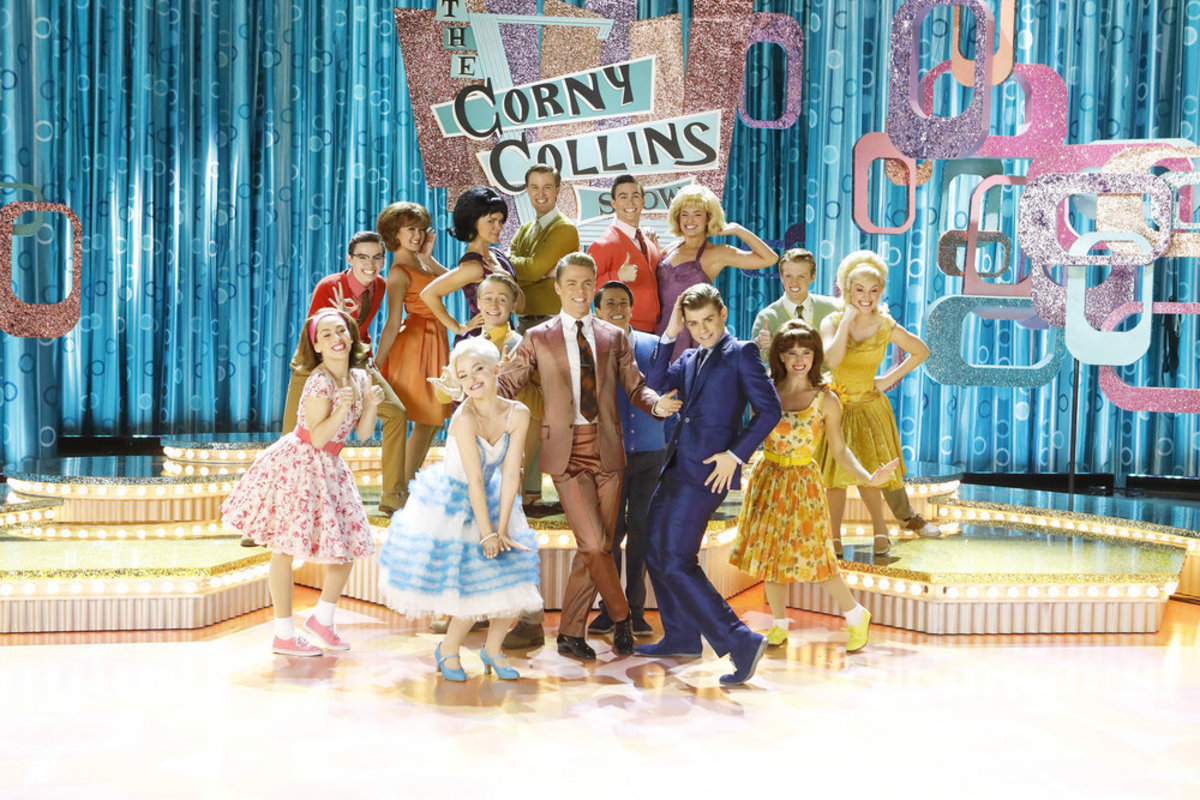Sexism is prejudice or discrimination based on sex or gender (predominantly against women and girls.) Although original origin isn’t clear, the term ‘sexism’ emerged during second wave feminism in the 1960’s-1980’s and was likely based on the term ‘racism’, which is prejudice or discrimination based on race.
Discrimination means being treated differently as a social group for reasons of certain generalised traits. Minorities are often discriminated against, and it often results in harm or disadvantaged to the targeted person or group. there are many different ever-growing forms of discrimination, such as racism, sexism, anti-Semitism, homophobia, transphobia, classism, and ableism.
As this musical is set in the 1960’s, sexism is a running theme throughout the musical. Classism is a subtextual issue (as Finch is afraid to admit he was a window washer, a member of the working class,) and racism would’ve been an issue in the 60’s, but wasn’t mentioned in the musical.
I have read an online blog that discusses sexism in the workplace in the 60’s, and though based in the UK, I think is relevant to developing my character.
The blog discusses that the sexism experienced was perceived as ‘the norm’ as the women in the 60’s didn’t know anything else, and were brought up this way, and accepted it without question. Men always ‘knew best’ and women didn’t argue with them, and church-goers often heard the phrase from the bible “wives must accept the authority of [their] husbands” (1 Peter 3:1, New Living Translation).
Because of how the women were conditioned, they casually accepted sexism in the workplace, similar to how Rosemary accepts Mr Gatch’s advances, though she clearly looks uncomfortable, and also makes a modern audience uncomfortable as this is completely unacceptable nowadays.
“I started recognising the sexism for what it was in meetings. Men dominated. They shouted over one another and interrupted one another; they always seemed to get preferential treatment from the chairman while we women always seemed to have our comments and suggestions ignored or dismissed as unworkable or irrelevant. Later if a man made the same intervention, it was treated seriously.
Then I began to notice how few women were in senior management.
It also struck me that women were paid less than men for the same jobs.”
Gender equality, inequality and sexual harassment now and in mid 20th century UK. 2019. Gender equality, inequality and sexual harassment now and in mid 20th century UK. [ONLINE] Available at: https://www.1900s.org.uk/1960s-sexism.htm. [Accessed 20 June 2019]
This is relevant in How to succeed as all the businessmen in the big boardroom are men. The highest position we ever see a woman in is Miss Jones, who is still just a secretary.
In 1963, John Kennedy signed the Equal Pay Act, and over 50 years later, a lot of men and women’s salaries are still unequal.
Until the early 1960’s, newspapers published separate job listings for men and women. Jobs were categorised according to sex, with the higher level jobs listed “help wanted- male.” some of the ads were identical, but with separate pay scales. between 1950-60, women with full time jobs earned on average 59-64 cents to every dollar for the male. In How to Succeed, this means that all the women characters in the show would have been paid just over half what their male counterparts would have earned. This can be fuel for my character development as my character would be constantly aware of this and though most of the women in the 60’s would know not to question this, my character will be hyperaware of this and it will bring her a subtextual hate for the men she works with.
An excuse for underpaying women is often that she will soon be childbearing – however, the pill was approved for contraceptive use in 1960, after an unusually large number of women requested to use it when it was only approved for severe menstrual disorders.
“the impact of the pill was even more radical. it meant sex need not lead to pregnancy. but it wasn’t just another form of contraception, it was an equalizer, a liberator, and easy to take. for the first time in human history, a woman could control her sexuality and determine her readiness for reproduction by swallowing a pill smaller than an aspirin. critics warned that the pill would spawn generations of loose, immoral women; what it spawned was generations of empowered women.”
The 60’s. 2019. Birth Control Pill – The 60’s. [ONLINE] Available at: https://the60s.weebly.com/birth-control-pill.html#.
In the context of the musical, some of the women would have only just been discovering the pill when the musical is set, encouraging sexual empowerment. This could be linked to Smitty’s joke before the number Paris Original – “I’m going to spread a rumor that I’m a nymphomaniac”
General sexism is still relevant in today’s society, or the notion that men are superior. It was almost unknown for a women not to take her husbands last name, then her Mrs title indicated that she was married. Also, in any publication, where a female is referred to as ‘she’ and a man as ‘he,’ anyone with an unknown gender would be referred to as ‘he.’
Rosemary’s character is a typical representation of a conditioned woman from the 60’s. In my opinion, it’s clear that her character has been raised with these sexist ideals and she doesn’t question them. In her song, ‘happy to keep his dinner warm’ (as if the title wasn’t enough), rosemary fantasises about being married to finch.
“I’ll be so happy to keep his dinner warm, While he goes onward and upward” expresses that she wants him to do well in his career and she doesn’t mind waiting home for him. She’s been conditioned to believe that the men should have the career and that the woman should stay home.
“I’ll be there waiting until his mind is clear, While he looks through me, right through me; Waiting to say, “Good evening, dear. I’m pregnant. What’s new with you from down town?” “
She seems fine about the fact that she knows he would look right through her, as though he’s uninterested in her. Her wanting to be pregnant establishes that all she wants to do is build a family, as that was what was expected of women.
“Oh, to be loved by a man I respect; To bask in the glow of his perfectly understandable neglect.”
Women shouldn’t be neglected and it’s not understandable to do so, and the fact that she thinks it’s fine is unusual in modern society but she has been conditioned to think this.
In our production of How to Succeed, we developed our own version of the song “a secretary is not a toy,” which is a number about how the men shouldn’t be sexualising their secretaries (or at least shouldn’t be acting on their impulses.) We developed the number to be more suitable to modern audiences because the sexism and objectifying of the females was really inappropriate. we cut the line “A secretary is not…A toy!, And when you put it to use, Observe, When you put her to use,That you don’t find the name Lionel, on her caboose!” because it was deemed inappropriate from the start.
We changed the choreography to display more of a feminist stance, rather than the men objectifying women, and the boys are intimidated by the women in the dance. we also gave more lines to women to establish their authority. I feel like this represents a more modern society, and this also let me create a more strong-willed character that would stand up for herself.
https://www.britannica.com/topic/sexism
https://www.britannica.com/topic/discrimination-society
https://www.1900s.org.uk/1960s-sexism.htm
https://www.biblegateway.com/passage/?search=1%20Peter%203&version=NLT
https://the60s.weebly.com/birth-control-pill.html#
https://www.stlyrics.com/lyrics/howtosucceedinbusinesswithoutreallytrying/happytokeephisdinnerwarm.htm











